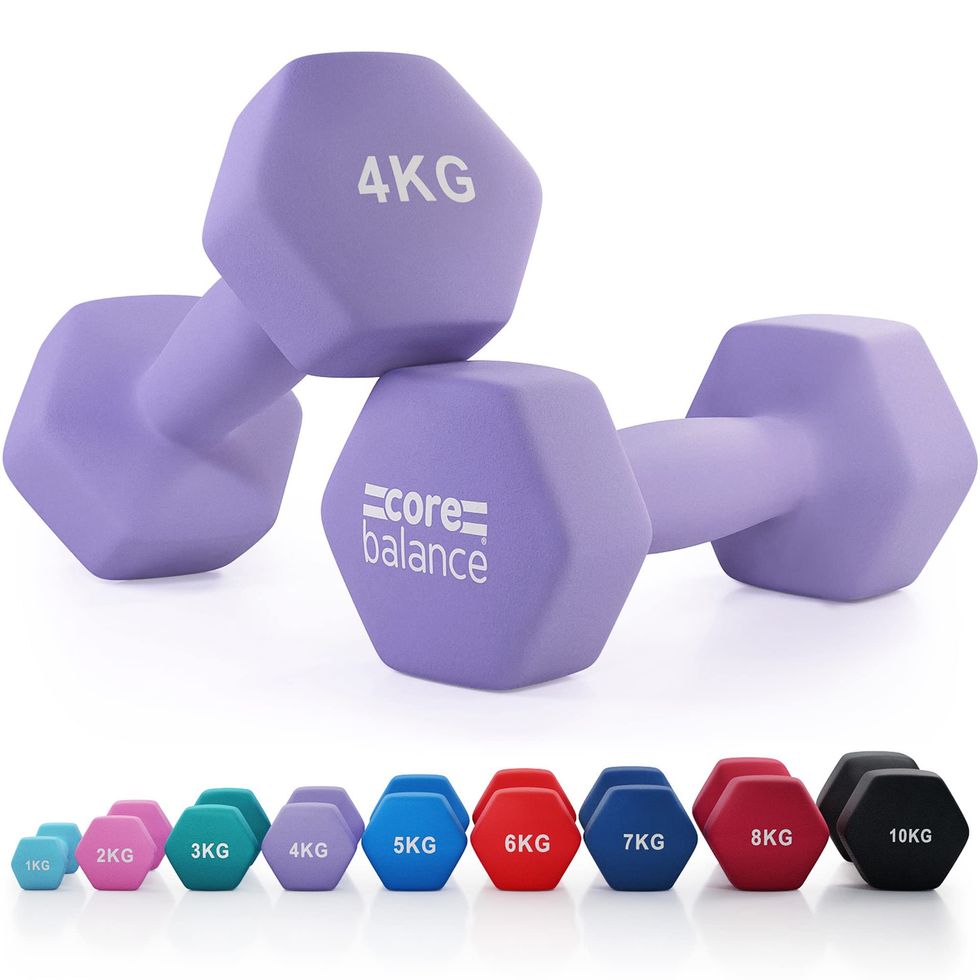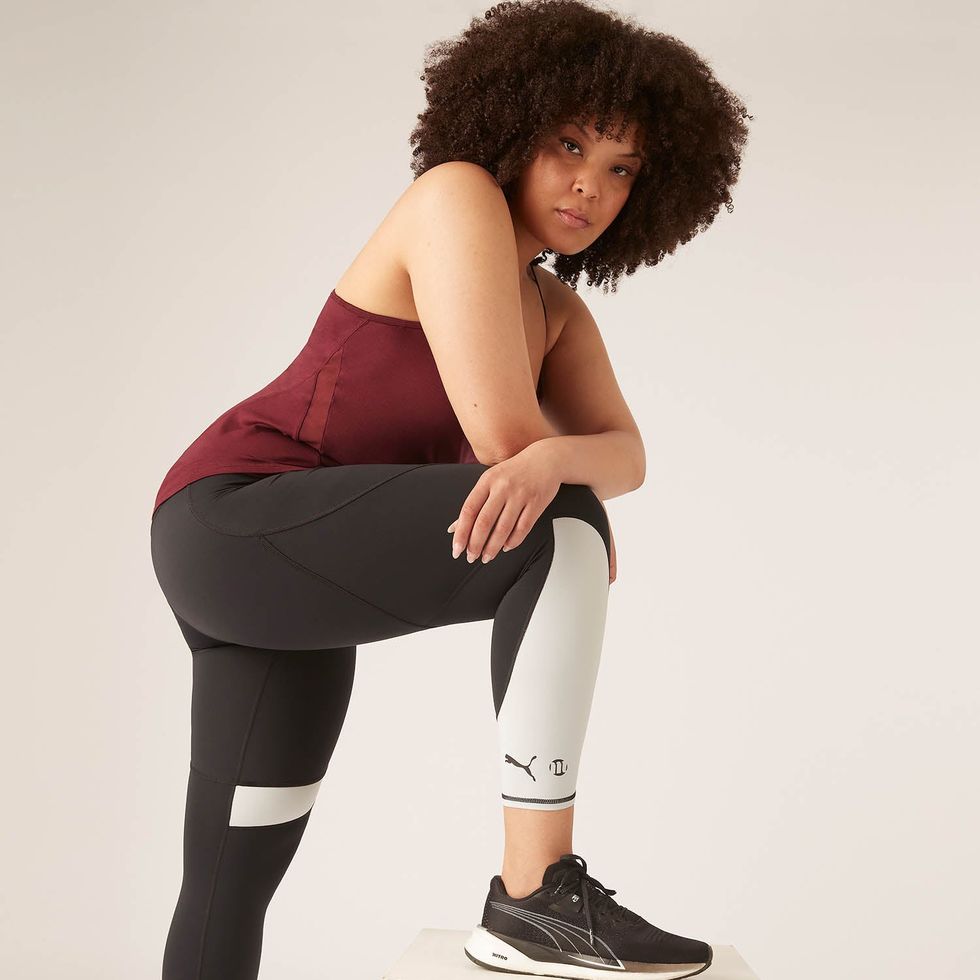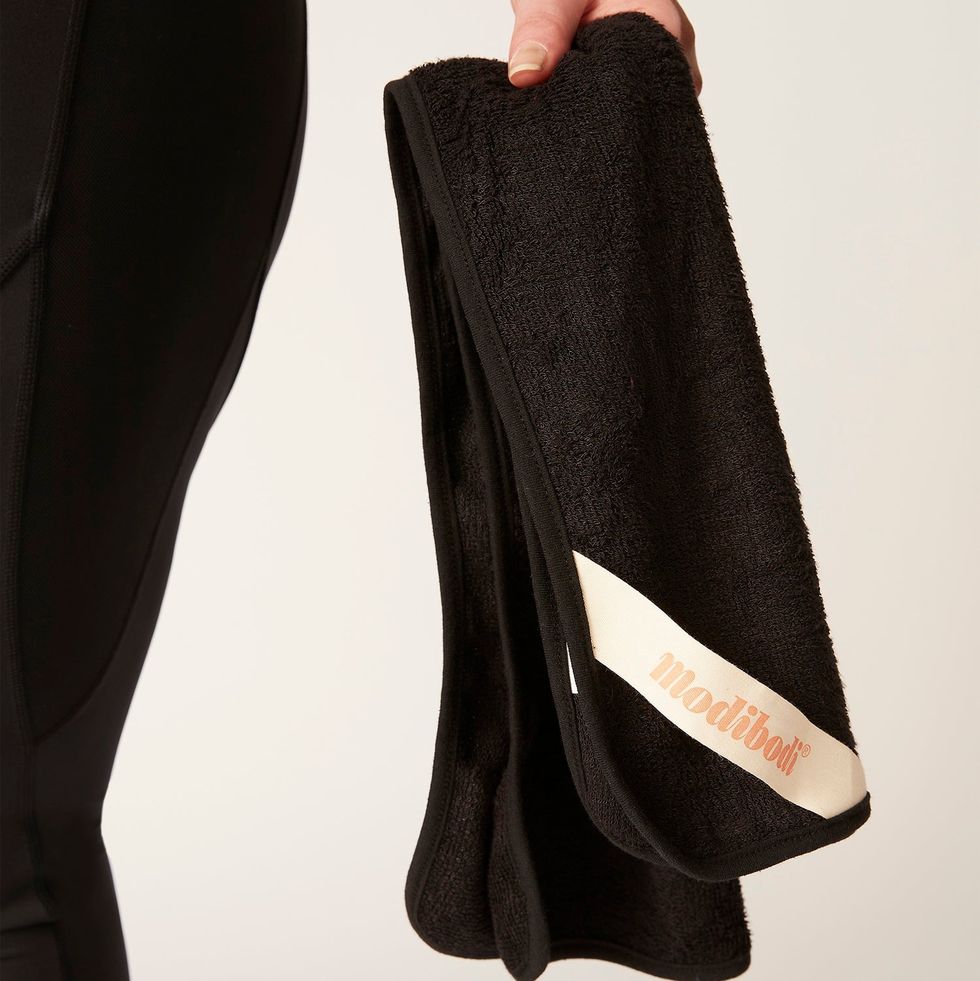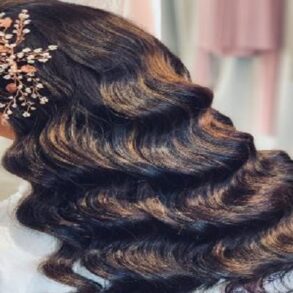Most people have goals when it comes to working out. For some, they’re mental: beat a personal best, complete a half marathon or just simply feel your strongest, fittest, happiest self.
For others, motivation is more aesthetic-based. Think improving your stomach definition, strengthening your arm muscles or growing your glutes.
That’s right: everyone has an end goal of some kind – and we say, each to their own. But, if your motivation is of the latter kind and, more specifically, glute-focused (read: you wanna grow a bigger bum), then you’re in the right place.
There’s a whole load of conflicting information floating around the Internet about how to build a booty reminiscent of Kim Kardashian though, including whether or not you can achieve strong glutes simply by working out. Well, according to personal trainer, Shannon Jewell, it’s possible, but following the wrong advice could actually end up leading you away from your fitness goals.
What are the benefits of building strong glutes?
Fun fact for you: aesthetics aside, having strong glutes promises a heap of health benefits, from overall stability and strength, to proper posture, to power. They are, in short, essential for overall health and wellbeing.
While it is true you can’t ‘spot’ train certain areas to lose weight – rather, it’s better to take a more well-rounded approach – you can spot train body parts to build muscle.
Ready to learn how to build those glutes? We quizzed Shannon on the biggest booty building myths. Keep reading for her seven top tips for not only building your glute muscles, but further slaying each and every workout. You are so welcome.
How to grow your butt: the best exercises for glute growth
1. Mix up your routine
To build your glutes, Shannon recommends two types of training. Start with compound weight-lifting exercises (deadlifts, squats, lunges and stiff leg deadlifts) working at a range of 3 to 6 reps. Then moving on to heavier volume work with lighter weights (so body weight exercises, or resistance machines and cable exercises in the 12 to 30 rep range).
Why? Because “your glutes are a combination of low and fast twitch muscle groups. Fast twitch muscles react and adapt better to heavier compound exercises. Low twitch muscle fibres adapt best with volume and overload working up to failure.”
But ‘working to failure’ can affect technique, so make sure the exercise you’re doing in these rep ranges is super simple.
2. Bye, bye, cardio, hello, weights
Cardio is not going to build a bigger butt, so if you’re hitting the treadmill on an incline, it’s more likely to create some levels of muscle wastage if you’re on a diet and not getting enough protein in your meals, which is easily done.
Shannon says: “Your body is likely to burn protein during long periods of low intensity cardio. Avoid this by supplementing with BCAA’s (Branch Chain Amino Acids) and only use long periods of cardio for weight loss, rather than booty building.”
3. Keep it well rounded
A common myth is that, in learning how to build your glutes, you must only do specialist glute exercises, such as a straight leg abductors, kick backs and hip extensions.
Although these are great exercises to bolt onto the last 5 to 10 minutes of a workout, most people focus on these small movement patterns and isolate glute exercises in their main session. Remember, all-rounded is best: glute isolation exercises alone are not the way to go.
4. Don’t forget your hamstrings
Shannon says that because the hamstrings have three dominant muscles which attach at various points near the glutes, working these muscles hard will also help tone and shape your butt.
Try good mornings, back extensions, and straight leg deadlifts in the gym, and if you’re a competent lifter, don’t be afraid to go heavy working at 80-90% 1RM at 3 to 5 rep ranges to force muscular adaptation.
5. You may be resting too much
Between sets, we are all guilty of checking our phones. Shannon says: “Typically you should rest no longer than 1 minute during glute-specific exercises, aiming to work them to fatigue. This is because long periods of recovery between sets will not overload the muscle. The muscle will not lift and become firmer unless your workout creates overload”.
“I recommend reducing rest time between sets to between 30 seconds and no longer than 1 minute for heavy lifts. During the last few sets you should struggle to complete the desired reps. Exercises such as hip extensions should not only be heavy but also be completed to failure. This means completing as many reps as you can in a set until you can’t lift the weight safely.”
6. Progress with your weights
To make progress when learning how to build a booty, or growing any muscle, in fact, you’ve got to challenge it! Shannon says you should aim to increase the weight you lift every 2 to 4 weeks, as small increments will avoid injury.
“Machine exercises require less balance and skill and therefore they can be loaded up much heavier, faster. Try and push exercises such as a leg press with heavier weights compared with a walking lunge which requires balance and co-ordination” she says.
7. Feel that burn
While muscle soreness the next day after a workout can be a pain, Shannon says it’s a tell tale sign that you’re working hard enough. This is because muscle soreness is created by small muscle fibre tears created by lifting weights at the correct intensity (soz in advance if you struggle to sit down the next day).
Signs your glutes are growing
Smashing these exercises but not sure whether you’re making any progress? Here are a few giveaway signs your glute workouts are working…
- Your trousers are fitting differently – if they’re tighter in the butt area, you’re on to a winner.
- You’re noticing a change in shape – remember, this is gradual, not instant, which is maybe why you might not feel like you’re getting anywhere. So top tip: don’t look in the mirror every day, instead take a look every week, and, if you notice a change in shape, your exercises are working.
- You feel stronger – as your muscles get bigger, the more force and power they generate. When you start progressing with your weights/doing more reps (and you feel stronger), it’s a glute-growing sign.
- Your thighs are changing – if your upper legs are getting more muscular, your glutes will be, too.
- Your waist looks smaller – when your glutes start growing/get bigger, they will make your waist look smaller in comparison.
How long does it take to grow glutes?
One important thing to remember is that glutes don’t grow overnight. Rather, most people start seeing noticeable changes within 6-8 weeks. For others, they might notice progress around 10-12 weeks. Again, this is all based on training, diet, and – of course – body type.
To ensure consistent progress, make sure you train your glutes two to three times a week, and ensure that your calorie intake is sufficient for building muscle.
Glute-building babes everywhere, that’s you sorted…
This post was originally published on this site be sure to check out more of their content.













